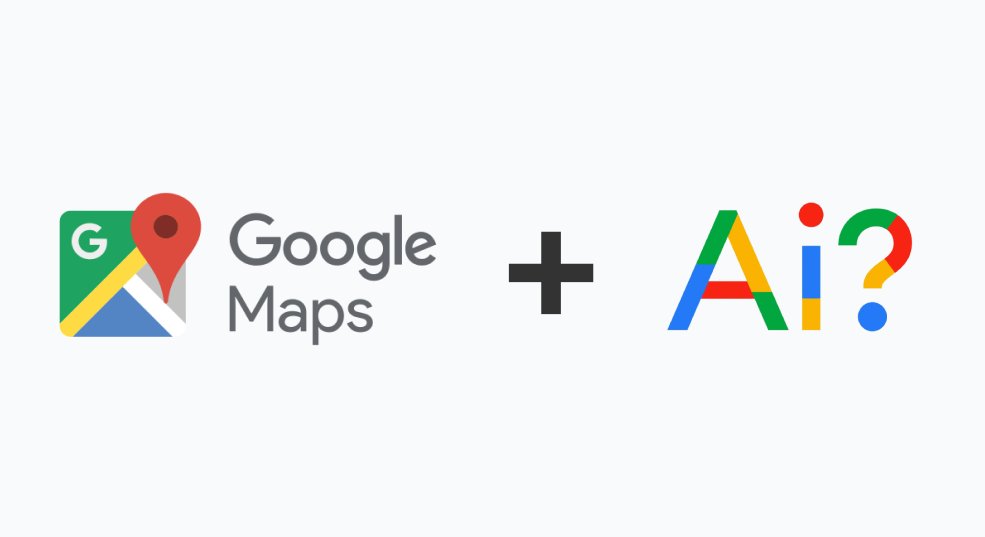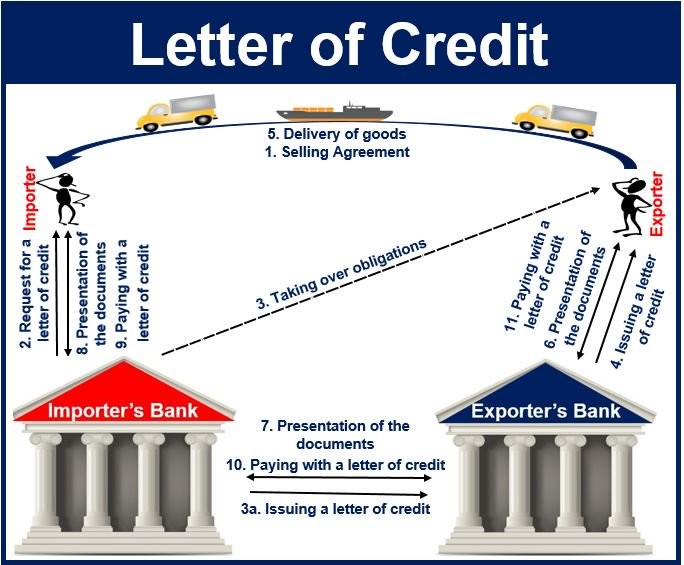1. Is now a good time to become a web developer? (2021 update)
Before you jump into a new career, it’s important to consider the path ahead. Can your new industry offer you ample opportunity and stability? How likely are you to get hired after your chosen program or bootcamp?
In the wake of 2020, these questions are more important than ever. The Covid-19 pandemic has had a major impact on the economy and on the job market, with hiring slowing down in many sectors. With that in mind, let’s take a look at the state of the web development industry in 2021.
Are web developers in demand right now?
You’ll have noticed that, no matter what’s going on in the world around us, technology is omnipresent in our lives. Whether it’s scrolling through our favorite social media apps, checking the news, paying for something online, or connecting with colleagues using collaboration software and tools—most of what we do relies on some form of technology. Behind this technology is a team of web developers who have not only built it, but constantly maintain it to ensure it works flawlessly.
Those who can build and maintain websites, apps, and software have a crucial role to play in today’s technology-driven world—and this is reflected in the web development job market. According to the Bureau of Labor Statistics, employment of web developers is projected to grow 8% from 2019 to 2029—much faster than the average for all occupations.
But does this still stand after the unpredictable twists and turns of 2020? In a word, yes; web developers seem to have weathered the storm relatively well. Full-stack developer came in second on indeed’s list of the best jobs for 2020, and we can see this continuing through 2021 and beyond. Just search the web for the most in-demand tech skills in 2021 and you’ll find things like web development, cloud computing, DevOps, and problem-solving.
Full-stack development in particular will continue to be highly attractive to employers. Writing for TechCrunch, Sergio Granada notes how full-stack developers have been integral to business during the Covid-19 crisis: “In response to the coronavirus pandemic, the ability to do full-stack development can make engineers extremely marketable as companies across all industries migrate their business to a virtual world. Those who can quickly develop and deliver software projects thanks to full-stack methods have the best shot to be at the top of a company’s or client’s wish list.”
If you’re keen to quantify the demand for web developers, search for “web developer” or “full-stack developer” roles in your area on sites like indeed, glassdoor, and LinkedIn. We did a quick search for web development roles in the United States and, at the time of writing, found over 26,000 vacancies (August update: There are now over 42,000 job ads!).
As you can see, web developers continue to be in high demand—in spite of, and perhaps even more so because of, the ongoing coronavirus pandemic. Speaking of which, how has Covid-19 affected the web development industry? Let’s take a look.
should you become a web-developer in 2021?
So what’s the verdict? Is now a good time to become a web developer?
Looking at the job market and projected employment growth, we think the answer is pretty clear. Now is an excellent time to become a web developer! Now more than ever, technology is pivotal to how we work, connect with loved ones, access healthcare, shop…and the list goes on. If you’re thinking about joining this exciting industry and building the technology of the future, we say go for it.
But first, let’s get back to basics. What exactly is web-development, and what does a web developer actually do? Keep reading to find out.
2. What is web development?
Web development is the process of building websites and applications for the internet, or for a private network known as an intranet. Web development is not concerned with the design of a website; rather, it’s all about the coding and programming that powers the website’s functionality.
From the most simple, static web pages to social media platforms and apps, from e-commerce websites to content management systems (CMS); all the tools we use via the internet on a daily basis have been built by web developers.
Web development can be broken down into three layers: client-side coding (frontend), server-side coding (backend) and database technology.
Let’s take a look at each of these layers in more detail.
Client-side
Client-side scripting, or frontend development, refers to everything that the end user experiences directly. Client-side code executes in a web browser and directly relates to what people see when they visit a website. Things like layout, fonts, colours, menus and contact forms are all driven by the frontend.
Server-side
Server-side scripting, or backend development, is all about what goes on behind the scenes. The backend is essentially the part of a website that the user doesn’t actually see. It is responsible for storing and organizing data, and ensuring that everything on the client-side runs smoothly. It does this by communicating with the frontend.
Whenever something happens on the client-side—say, a user fills out a form—the browser sends a request to the server-side. The server-side “responds” with relevant information in the form of frontend code that the browser can then interpret and display.
Learn more: What’s the difference between frontend and backend?
Database technology
Websites also rely on database technology. The database contains all the files and content that are necessary for a website to function, storing it in such a way that makes it easy to retrieve, organize, edit, and save. The database runs on a server, and most websites typically use some form of relational database management system (RDBMS).
The difference between web-development and web-design!
You might hear the terms web development and web design used interchangeably, but these are two very different things.
Imagine a web designer and web developer working together to build a car: the developer would take care of all the functional components, like the engine, the wheels and the gears, while the designer would be responsible for both the visual aspects—how the car looks, the layout of the dashboard, the design of the seats—and for the user experience provided by the car, so whether or not it’s a smooth drive.
Web designers design how the website looks and feels. They model the layout of the website, making sure it’s logical, user-friendly and pleasant to use. They consider all the different visual elements: what color schemes and fonts will be used? What buttons, drop-down menus and scrollbars should be included, and where? Which interactive touchpoints does the user interact with to get from point A to B? Web design also considers the information architecture of the website, establishing what content will be included and where it should be placed.
Web design is an extremely broad field, and will often be broken down into more specific roles such as User Experience Design, User Interface Design, and Information Architecture.
It is the web developer’s job to take this design and develop it into a live, fully functional website. A frontend developer takes the visual design as provided by the web designer and builds it using coding languages such as HTML, CSS and JavaScript. A backend developer builds the more advanced functionality of the site, such as the checkout function on an e-commerce site.
In short, a web designer is the architect, while the web developer is the builder or engineer.




